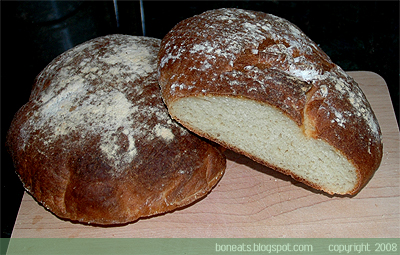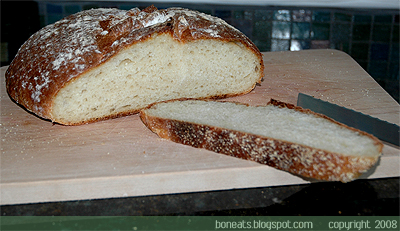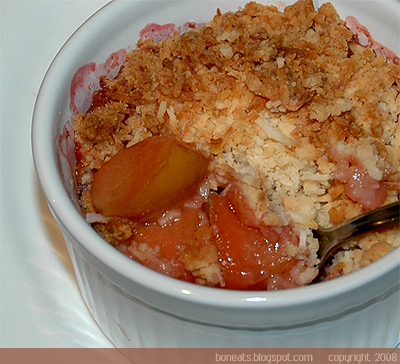A Taste of Japan
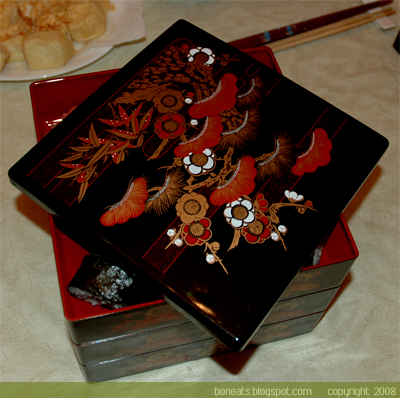
August has been quite a busy month for me as I prepare for my big move, which also explains the lack of updates around here. From packing, to moving, to finalizing the little details, I haven't found much time to play around in the kitchen. However, it was time to get back into the kitchen for a break yesterday, where we prepared a simple and easy Japanese dinner.
I used to think eels were disgusting and ugly (and if one needs to be reminded of this impression, please go watch Disney's The Little Mermaid again ^^). Well, to be honest, my opinion of them hasn't really changed much, but I do have a different perspective from a culinary perspective. Eel isn't a particular favourite in our family, mostly because my brother and I weren't such fans of it as children, and neither was my father, who disliked the fact that eel meat is riddled with many tiny, pin-like bones. The bones are indeed an annoyance, and can be a major turn-off to eating it. However, I've come to really like kabayaki-style unagi, filleted eel that is brushed with an incredibly delicious, sweet soy sauce-based glaze before being broiled on the grill and sometimes finished off with a sprinkle of toasted sesame seeds. Incredibly popular in Japan, it is often simply served over a bowl of steamed white rice, or made into hand-shaped sushi. We ended up rolling some into some sushi rolls, along with some cucumber and rolled egg. As Ross of Friends said, feel the power of unagi!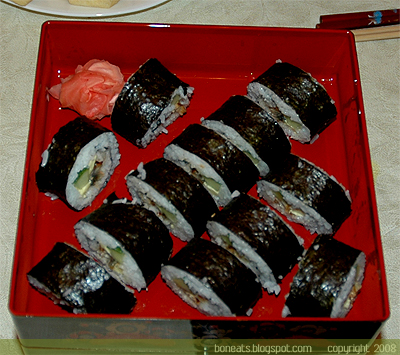
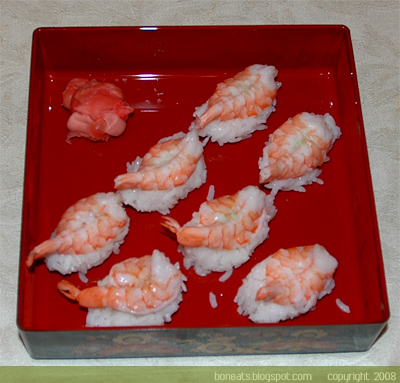
While my mom also fried off some Agedashi Tofu, deep-fried silken tofu that is topped off with bonito flakes, I also made Beef Tataki, seared raw beef. A thick piece of beef is seared in a hot pan on all sides until brown before the heat is turned off, then a bit of sake and soy sauce is sprinkled over the beef. The beef is then immediately covered by a lid and is cooked for another 5 to 7 minutes (depending on the thickness) on low heat. I probably could have taken my steak off the pan 2 minutes earlier, but despite being a little more overdone than what I would have liked, it was still delicious. The savoury glaze from the soy sauce and sake goes so nicely with silkiness of the meat. I can only imagine what this dish would be like with a glass of sake to go along with it!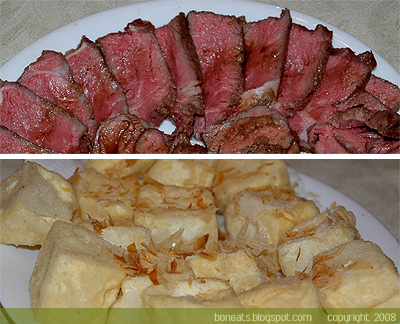
Lastly, I made chawanmushi, a classic, traditional steamed savoury egg custard. The eggs are stirred with soy sauce, sake (or mirin) and dashi stock added as flavourings, and usually consists of such fillings as gingko nuts, shiitake mushrooms, kamaboko (Japanese fish cake), shrimp and/or chicken. It looks lovely when you set some spring onions and some coloured kamaboko, cut into cute flower shapes, into the top layer of the custard. Our own pantry was a bit lacking, so we only used the white kamaboko, along with some shrimp and shiitake as fillings. Furthermore, we didn't have the traditional chawanmushi cups, which resembles Chinese tea cups with lids, so we steamed them in ramekins instead (and it works just as well!). The custard was extremely smooth, soft and extremely light. A great treat to end the evening!

